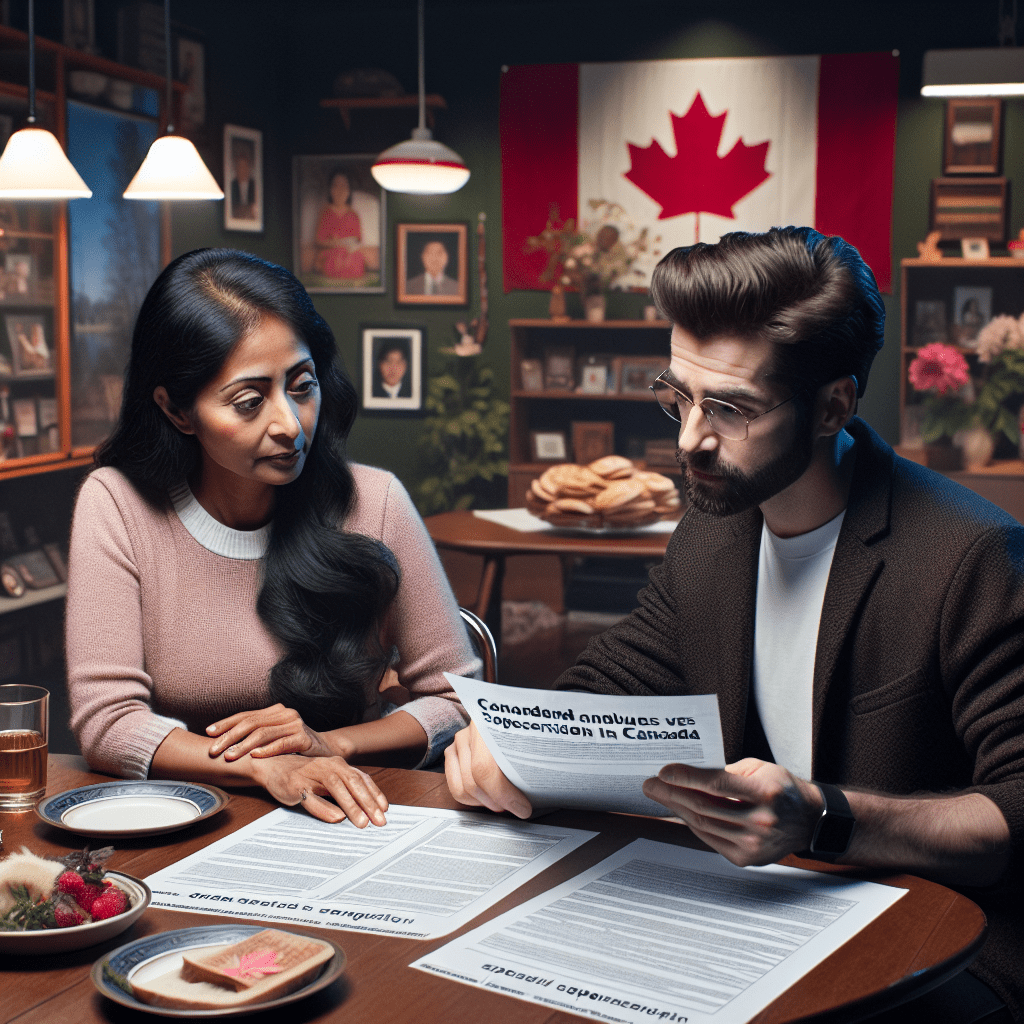Inland vs. Outland Sponsorship: Which Is Best for Your Partner?

Navigating Canadian Spousal Sponsorship: Inland vs. Outland Options
For Canadian citizens and permanent residents, the ability to sponsor a spouse, common-law partner, or conjugal partner for permanent residence (PR) offers a pathway to unite families. However, navigating the complexities of the sponsorship process can be daunting, particularly when choosing between inland and outland sponsorship. Each option has its own set of benefits and requirements that can significantly impact the applicant’s journey.
Understanding the Options
Inland sponsorship is tailored for couples currently residing in Canada together. This route allows for the sponsored partner to apply from within the country, which can be advantageous for couples who wish to maintain their life together while awaiting their application’s outcome. However, one major caveat is that both partners must remain in Canada for the duration of the application process. The sponsored partner may also become eligible for an open work permit, providing them the opportunity to work while their application is being processed.
Conversely, outland sponsorship is designed for couples where one partner resides in Canada while the other is abroad. This option is particularly beneficial for Canadian citizens who wish to sponsor their partner from outside Canada, as permanent residents can only sponsor loved ones who are already in the country. The outland process is typically processed through the sponsored partner’s home country, allowing for more flexibility in travel during the application period. Should an outland application be denied, there is also the option to appeal the decision, which is not available for inland applications.
Which Option is Right for You?
Deciding between inland and outland sponsorship depends on various factors, including residency status, relationship type, and personal circumstances. Couples in conjugal relationships must opt for outland sponsorship, demonstrating their commitment to return to Canada if granted PR. For Canadian permanent residents, the choice is straightforward: they must apply for inland sponsorship as they cannot initiate outland applications.
For couples eligible for either route, it’s crucial to consider not just the administrative differences, but also the emotional and practical implications of each. Inland sponsorship might be ideal for couples who prioritize staying together during the application process, while outland sponsorship may suit those who have already established their lives apart but remain committed to uniting in Canada.
Conclusion: A Personalized Approach to Sponsorship
In the end, the decision between inland and outland sponsorship is deeply personal and should be guided by the couple’s unique circumstances. Understanding the nuances of each option can empower applicants to navigate Canada’s immigration landscape more effectively. For those looking to sponsor their loved ones, being informed and prepared can make all the difference in turning a complex process into a successful family reunion.
For further details and in-depth guidance on eligibility assessments and the application process, resources provided by Immigration, Refugees and Citizenship Canada (IRCC) are invaluable tools for prospective sponsors. Whether you’re on the brink of applying or simply exploring your options, staying informed is your best ally in this journey toward family unity.



